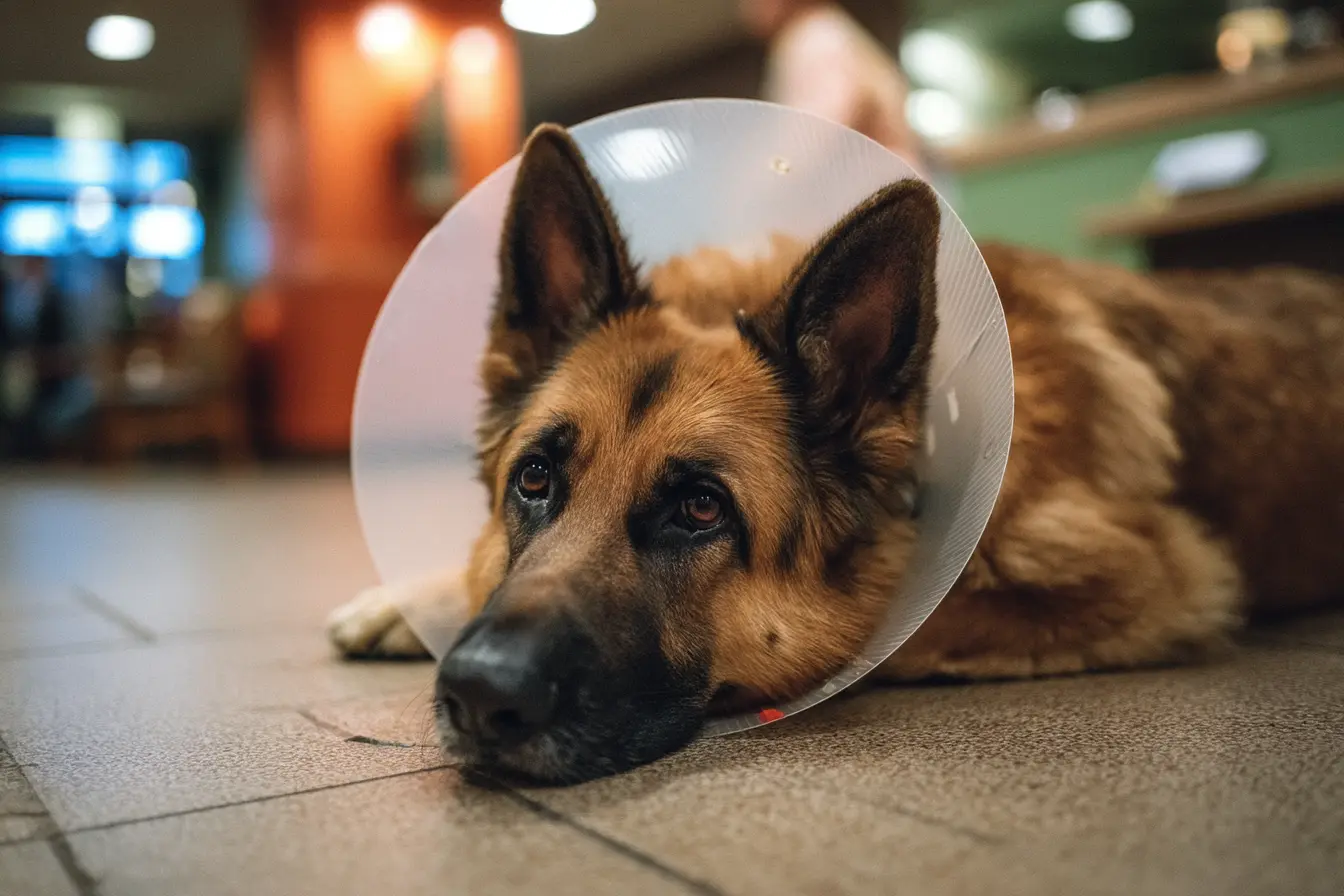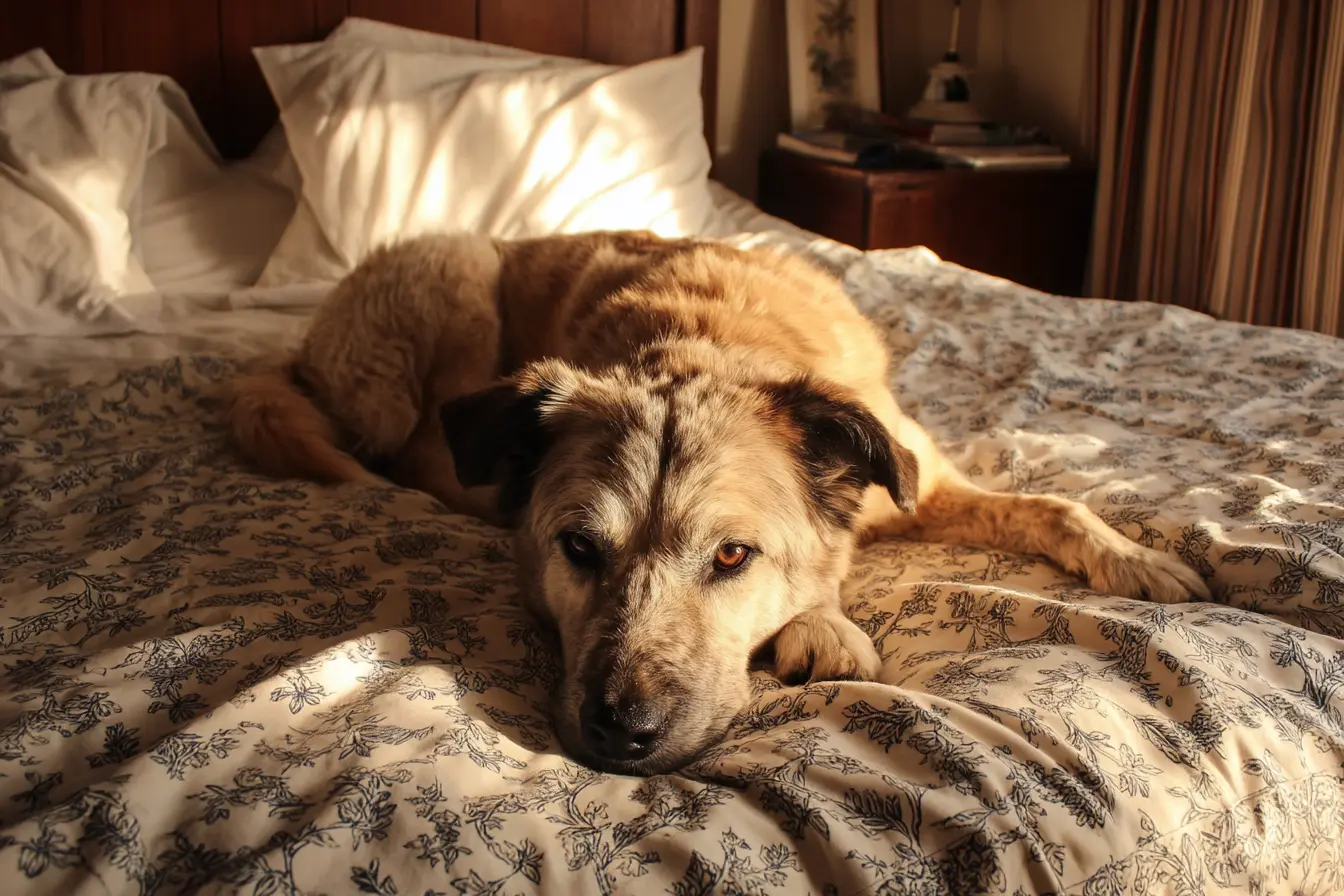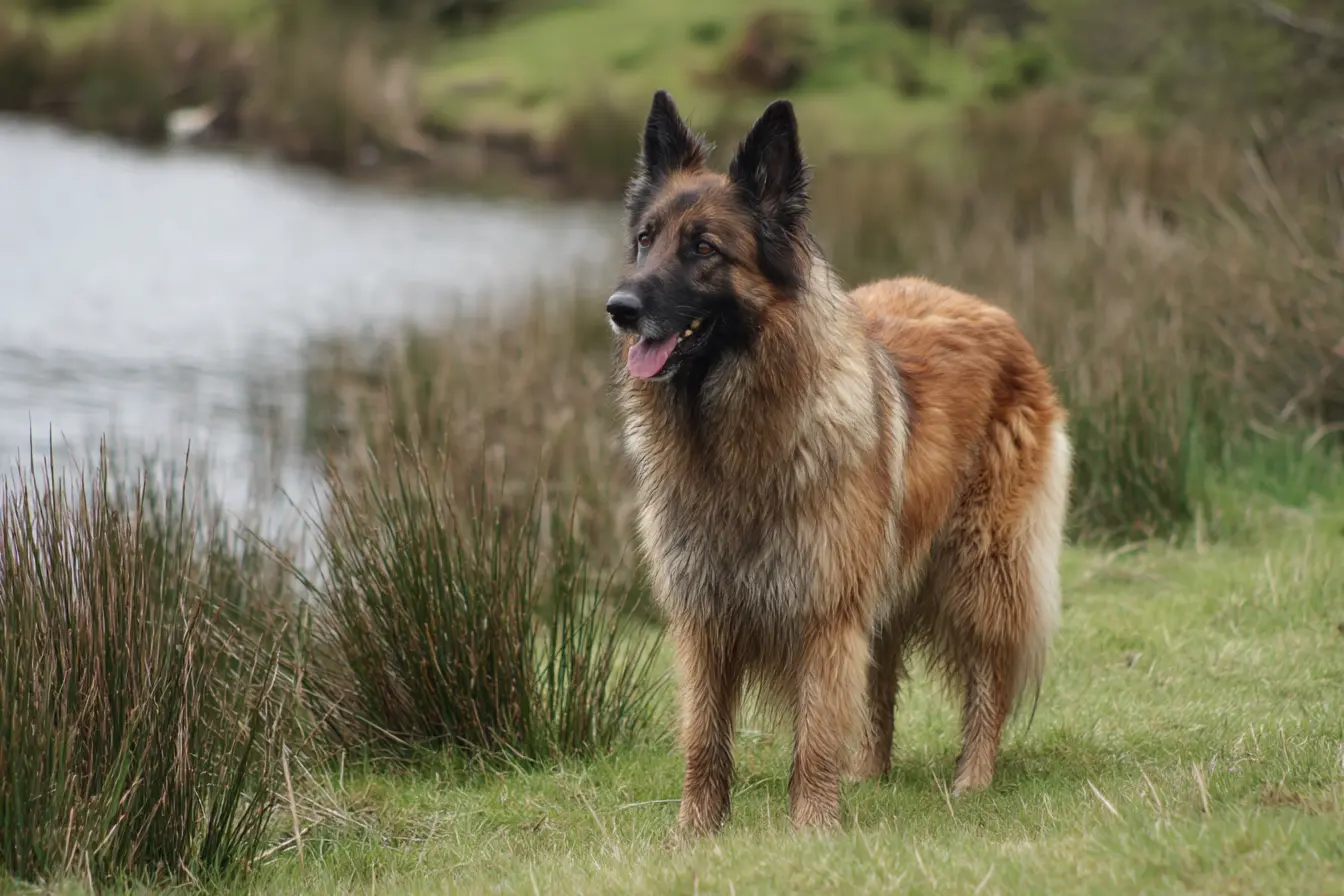
Spaying and Neutering Dogs: A Comprehensive Guide
Spaying and neutering are important surgical procedures that help control the dog population while providing significant health and behavioural benefits. Whether you are a new dog owner or considering the procedure for your pet, understanding the process, benefits, risks, and aftercare is essential for making an informed decision.
This guide covers everything dog owners need to know about spaying and neutering, including what the procedures involve, when they should be done, potential health impacts, and post-surgical care.
What is spaying and neutering?
Spaying and neutering are surgical procedures that prevent dogs from reproducing.
- Spaying is the surgical removal of a female dog’s ovaries and uterus, also called an ovariohysterectomy.
- Neutering is the removal of a male dog’s testicles, also called castration.
Both procedures are performed under general anaesthesia by a vet and are considered routine surgeries.
Why is spaying and neutering important?
Spaying and neutering offer several benefits for both individual dogs and the wider dog population.
Health benefits
- Reduces the risk of certain cancers, such as mammary cancer in females and testicular cancer in males.
- Eliminates the risk of pyometra, a life-threatening uterine infection in female dogs.
- Reduces the risk of prostate issues in males.
- Lowers the risk of hormone-related diseases.
Behavioural benefits
- Reduces aggression in some male dogs, especially those prone to testosterone-driven behaviours.
- Decreases roaming tendencies, reducing the risk of accidents or getting lost.
- Reduces urine marking and territorial behaviour.
- Prevents female dogs from experiencing heat cycles, which can attract unwanted attention from males.
Population control
- Prevents unplanned pregnancies, reducing the number of unwanted puppies.
- Helps lower the number of stray and abandoned dogs in shelters.
- Reduces the spread of genetic health issues in breeding.
When should dogs be spayed or neutered?
The ideal age for spaying or neutering depends on the dog’s breed, size, and health.
- Small and medium breeds can be spayed or neutered from around six months of age.
- Large and giant breeds may benefit from waiting until twelve to eighteen months, as early neutering can affect bone and joint development.
- Female dogs should ideally be spayed before their first heat cycle to reduce the risk of mammary tumours.
A vet can recommend the best timing based on a dog’s individual needs.
The spaying and neutering procedure
Pre-surgery preparation
- The dog will undergo a health check to ensure they are fit for surgery.
- Owners will be advised to withhold food for several hours before the procedure.
- A vet may recommend pre-anaesthetic blood tests to check organ function.
The surgery
- The dog is placed under general anaesthesia.
- For females, the vet makes an incision in the abdomen to remove the ovaries and uterus.
- For males, an incision is made near the scrotum to remove the testicles.
- The incision is closed with stitches, which may be dissolvable or require removal later.
Post-surgery care
- Most dogs go home the same day with pain relief medication.
- A protective cone or surgical suit may be needed to prevent licking of the incision.
- Rest and restricted activity are required for at least ten to fourteen days to allow healing.
Risks and complications
Spaying and neutering are routine procedures, but, like any surgery, there are risks.
Possible complications
- Reactions to anaesthesia, though rare.
- Infection at the surgical site.
- Swelling or fluid buildup near the incision.
- Weight gain due to a lower metabolic rate, which can be managed with diet and exercise.
Most dogs recover quickly with proper aftercare, but any concerns should be reported to a vet.
Post-surgery recovery and care
After spaying or neutering, dogs need time to heal. Owners can help by providing proper care.
Recovery tips
- Keep the dog in a quiet, comfortable space.
- Monitor the incision for redness, swelling, or discharge.
- Prevent jumping, running, or rough play for at least ten days.
- Follow pain relief and medication instructions from the vet.
- Use an Elizabethan collar (cone) or recovery suit to stop the dog from licking or chewing the stitches.
Most dogs return to normal activities within two weeks.
Myths and misconceptions about spaying and neutering
Neutered dogs always gain weight
Neutering slightly reduces metabolism, but weight gain is caused by overfeeding and lack of exercise. With proper diet and activity levels, dogs can maintain a healthy weight.
Female dogs should have a litter before being spayed
There is no medical benefit to allowing a female dog to have a litter before spaying. Spaying before the first heat cycle significantly reduces the risk of mammary tumours.
Neutering changes a dog’s personality
Neutering may reduce certain behaviours linked to testosterone, such as roaming and aggression, but it does not alter a dog’s overall personality. Dogs remain as playful and affectionate as before.
Spaying and neutering are painful for dogs
The surgery is performed under anaesthesia, and pain relief is provided during recovery. Most dogs recover quickly with little discomfort.
Cost of spaying and neutering in the UK
The cost of spaying or neutering depends on the dog’s size, breed, and veterinary practice.
- Neutering a male dog typically costs between £100 and £250.
- Spaying a female dog usually costs between £150 and £350.
Some animal charities, such as the RSPCA and Dogs Trust, offer low-cost or subsidised neutering for eligible owners.
Spaying and neutering stray and rescue dogs
Neutering stray and rescue dogs is essential for controlling the pet population. Many rescue centres neuter dogs before rehoming them to prevent unplanned litters.
Trap-Neuter-Return (TNR) programmes also help manage stray dog populations in certain areas by preventing uncontrolled breeding.
Conclusion
Spaying and neutering are essential procedures that provide numerous health, behavioural, and societal benefits. By preventing unwanted litters, reducing the risk of diseases, and improving behaviour, these procedures contribute to a healthier and more responsible pet community.
For dog owners, consulting a vet about the best time to spay or neuter, understanding the recovery process, and providing appropriate post-surgery care ensures a smooth and successful experience. With the right approach, spaying and neutering can help dogs live longer, healthier, and happier lives.
Contents
- What is spaying and neutering?
- Why is spaying and neutering important?
- When should dogs be spayed or neutered?
- The spaying and neutering procedure
- Risks and complications
- Post-surgery recovery and care
- Myths and misconceptions about spaying and neutering
- Cost of spaying and neutering in the UK
- Spaying and neutering stray and rescue dogs
- Conclusion
Tags
Related Vets
Vets near you
Speciality vets
- Aquatics vet specialists
- Birds vet specialists
- Camelids vet specialists
- Cats vet specialists
- Cattle vet specialists
- Deer vet specialists
- Dogs vet specialists
- Equines vet specialists
- Exotic vet specialists
- Goats vet specialists
- Pigs vet specialists
- Poultry vet specialists
- Sheep vet specialists
- Small Mammals vet specialists
- Wild vet specialists











